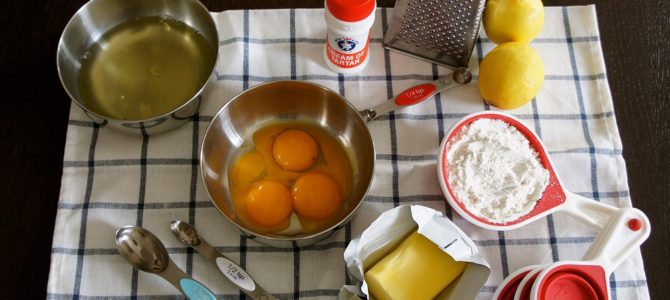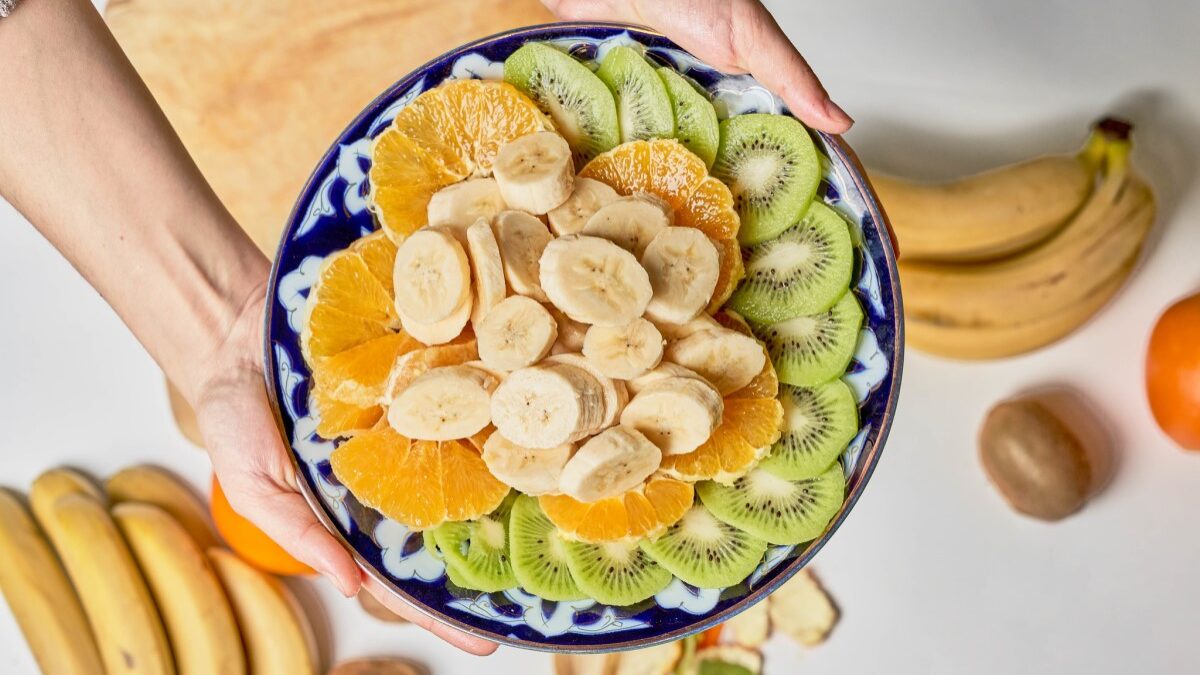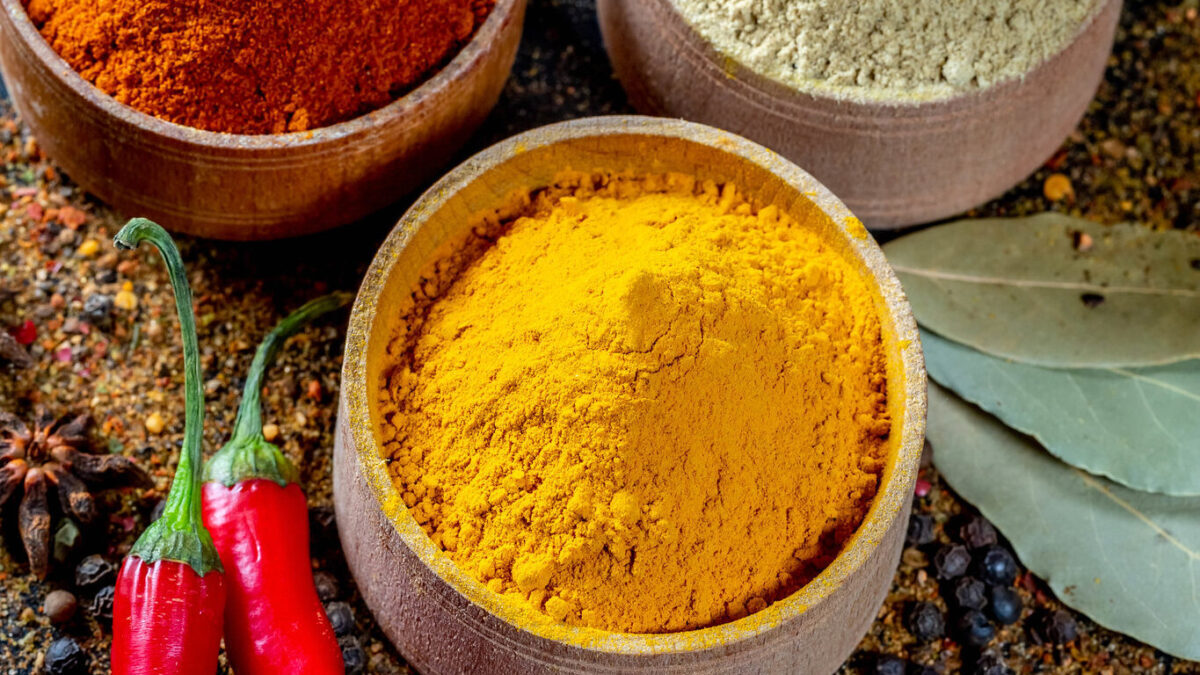
You know those long and often poorly formatted monologues on recipe blog posts that are interrupted every few lines by giant “Pinterest-worthy” photos of the final dish? That perilous space booby-trapped with affiliate links and pop-up ads through which your cramped thumb must sojourn before you reach the Promised Land of the Actual Recipe?
Slate has weighed in on the “endless war” among foodies over forcing a harsh pilgrimage through story-land before reaching the recipe’s ingredient list. The foodie battle could have remained in the confines of social media, but since Slate has escalated the conflict with a wrong opinion, it must be neutralized.
Staff writer Rebecca Onion tries to convince readers that headnotes are “part of the game.” Headnotes are long, she says, because food bloggers are trying to “convince” Google’s algorithm that they are authoritative and deserve a top spot in the search results.
“Some of that charming/distracting story is there for SEO,” Onion writes, “but it’s also just the nature of the genre.” Except no, it isn’t.
Just a few paragraphs before, Onion notes that a recent study found the most successful bloggers establish “emotional attachment,” along with “trust, credibility, and professionalism” with readers. The meandering anecdotes about eating jazzed-up Top Ramen in your sorority house are for the loyal followers, not for SEO. Keywords and phrases like “the best” and “crunchy” and “savory” fit nicely into a descriptive blurb, not an excerpt from your autobiography about your life as a ziplining guide.
Headnotes Are Like Swearing: Most Are Bad at It
Keywords are important, and bloggers need a little space for ads and affiliate links—I get it. But evidence suggests the algorithmic boost from this agonizingly long content is overstated. If you type in “best chocolate chip cookies,” the top result is a recipe posted on AllRecipes by someone named Dora with the pithy description regular bakers crave almost as much as the food: “Crisp edges, chewy middles.”
Further proving my point, the third chocolate chip cookie result is from Sally’s Baking Addiction. While the giant pictures every three sentences are annoying, at least her 900-word exposition doesn’t just sell you on the recipe, it is useful for baking the cookies. A home baker who isn’t terribly confident in his skills would find confidence in the detailed instructions.
Useful headnotes are to food blogs like bok choy to Walmart grocery stores—rarely in stock. Having surfed hundreds of cooking blogs, I’ve come to the conclusion that a lot of home cooks who got As in high school English and adequate praise in art class fancy themselves as bloggers and photographers who lead especially interesting lives worthy of robust description before getting to the point of the post: the recipe.
They certainly fit into the growing demographic of Internet Oversharers, but this kind of content is far more irritating than Aunt Luisa’s 1,200-word Facebook post about the feels of being middle-aged. The point of a recipe blog post is to provide a recipe. I am on your blog for a recipe—probably one I need to use immediately. If you’re dragging me through a tangle of extraneous thoughts on pregnancy cravings in your post for pumpkin loaf, I might just go back to my search results and click something else.
Get Better at Editing Yourself
The blogosphere has always been the Wild West of content, but its freedom attracts the aimless, undisciplined, and self-indulgent. Even bloggers with a passion for food, who may actually be good writers, get lazy and pick up bad habits from other blogs. They lose focus on the purpose of their recipe posts—that is, if they ever had it in the first place.
If you’re confined to the written word, give me a pithy description of the taste and texture, maybe a sentence or two on its origin, one picture of the finished dish (not 17 from every possible angle), and the clearest instructions on how to make your recipe, with photos only where instructive.
I can’t follow your directions and your loosely related stories at the same time, and since I only need the former, I’m not thrilled about having to scroll through the latter. If I’m happy with the recipe’s result, though, I’ll probably click one or two linked recipes at the bottom. There’s no need to cram blurbs about them into your headnotes.
Don’t Even Give Me This Stupid Misogyny Crap
Back to the Slate article, Onion’s worst take is that Headnote Hatred is an exercise in misogyny. As popular food blogger Deb Perelman put it, “‘It’s mostly women telling these stories. Congratulations, you’ve found a new, not particularly original, way to say ‘shut up and cook.’”
Spare me. I don’t have a problem with you sharing about your domestic life, I have a problem with your storytime preventing me from reaching the recipe I’m otherwise happy to use in my domestic life. If you want to blog about parenting or travel or homemaking or weight-loss, go ahead. But the absolute worst content is content that doesn’t serve the main goal of the writing.
It’s the same on the web as it is in print. Lots of adjectives and good sentence flow don’t make you a good communicator. The ability to fulfill your goal is what makes you a good communicator, and that’s why 98 percent of recipe headnotes make home cooks want to hurl their mixing bowls at the wall.
Get Emotional on Instagram, Okay?
As for the objection about generating “emotional attachment,” it’s true that bloggers usually need to build emotional connections with readers to be successful, especially in the long run. But this is 2020, not 2004. This is what Instagram is for.
If you want to create an emotional attachment to your readers, have them watch your Instagram Stories or Instagram Live so you can gush about your new blender or the adorable knickknacks you found on Amazon like every other successful lifestyle blogger. Better yet, direct them to your YouTube channel.
It’s entirely possible to blend your personality and experiences with your kitchen expertise, but a recipe post is just a poor place to attempt it. Bon Appetit provides a useful example of the successful fusion of personality and food creation. While the recipes on their site are gloriously succinct, their YouTube channel pumps out an endless supply of kitchen edu-tainment. The chefs at the BA Test Kitchen are funny and personable, and the editing is colloquial and humorous.
One of the benefits of watching recipe videos is that you can listen to a baker reminisce about working at the Shake Shack while she is slicing tomatoes. You can see her face and hear her voice, making an attachment to the chef faster and stronger than any touching story in headnotes. You’re in a frame of mind where you expect a bit of entertainment and even crave a personal touch. If you have time to watch a 20-minute video on how to make lasagna, you’re probably not laboring over a stove, trying to get dinner in the oven before the baby wakes up from his nap.
Recipe readers have launched a “foodie war” over recipe headnotes for entirely valid reasons. It’s not lazy or misogynistic to want the recipe without the chitchat. We’re happy to get to know you, just not when we’re hustling to put food on the table.









